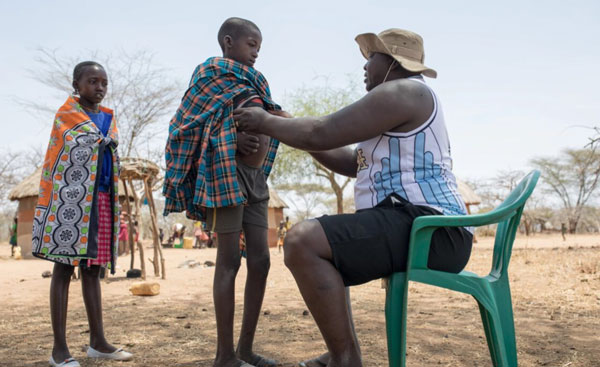
World Neglected Tropical Diseases Day is observed every year on 30 January
Did you know?
- There are 21 neglected tropical diseases (NTDs) in the world, including elephantiasis, sleeping sickness, mycetoma, dengue fever, kala-azar, and leprosy.
-
NTDs are also called ‘diseases of poverty’ because they predominantly affect people living in poor and marginalized communities.
- NTDs are considered neglected because they don’t receive sufficient attention in the global health agenda, receive little funding, and have historically been ignored in pharmaceutical research.
-
Africa accounts for nearly 40% (400 million people) of the global burden of NTDs.
-
In 2022, Uganda eliminated the T.b. gambiense form of sleeping sickness as a public health problem.
-
Since 2003, the Drugs for Neglected Diseases initiative (DNDi) has developed 13 new treatments for six deadly neglected diseases.
CLICK HERE TO VIEW NTD SPREAD | NDT DAY SPREAD
















Image: DNDi_r-HAT_Lwala_Uganda_June2019_013.jpg-
Image: HAT-DRC-Fexi-June2018_223.jpg- Caption:
Image: Mycetoma-Louga-202307-001.jpg- Caption:
Image: Mycetoma-RegionalHospitalofThies-202307-084.Caption:
Image:Mycetoma_Sudan_102021-324.jpg- Caption:
Image: SleepingSickness-Malawi-202306-121.jpg- Caption:
Image: Mycetoma_Sudan_102021-278.jpg Caption:
The post 🔴 In Pictures: WORLD NEGLECTED TROPICAL DISEASES (NTD) DAY 2024 appeared first on The Independent Uganda:.



